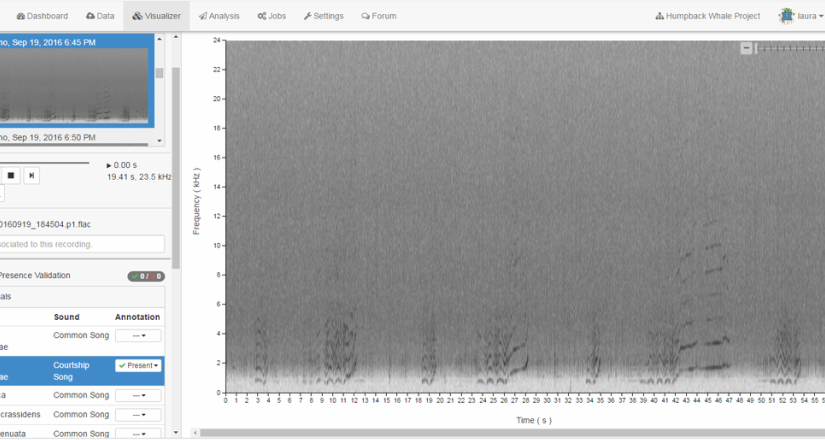Understanding how animal populations vary through time and in respond to human activities can be challenging. However, understanding population dynamics is key to make long-lasting management decisions. In this project Amanda is taking over 15 years of data, by using capture-recapture data she will generate population size estimates for the population of bottlenose dolphins of Bocas del Toro. This population is recognized by the International Whaling Commission (IWC) as of concern given the impact boat-traffic has had on these area.
By Amanda Jones
My research project is to determine the population size of the bottlenose dolphins in Bocas del Toro, Panama. Four other students and I are processing photo identification data and entering presence/absence for each dolphin into a matrix. The data we are currently working on is from July 2014. There is also photo ID data going all the way back to 2004. My job is to take this giant matrix and use computer programs such as SOCPROG and MARK to determine the size of the population and growth trends over the years. Hopefully my findings can be combined with other genetic data and population health data in order to push for further legislation to protect these beautiful animals.
To identify the dolphins, we look at photos of their dorsal fins and look for unique notches or other defining marks. There are two catalogues with dorsal fin photos of known dolphins for comparison. If we are unable to identify one, we list it as an unknown and it will either be determined to be a known dolphin that we were just unable to identify at the time, or it will be a new dolphin that we get to name! Working with photo data has definitely had its ups and downs. Some days we can identify every single dolphin with no problem. Other days we just keep getting unknown after unknown, which can get rather frustrating. We have definitely become very proficient at knowing many of these dolphins without even having to look at the catalogues. For example, I can tell you from this random Google images photo that this dolphin is Bity based on the super unique pattern on her fin. Bity is one of our favorites because her fin is so unique and easy to pick out. However, she is a rare case and many of the dolphins have small notches in similar locations, which leads to everyone having a different opinion about who it is. After lots of arguing and yelling about who the dolphin could be, we either all finally agree on who it is or we give up and mark it as an unknown. Even though identifying dolphins can be super frustrating, annoying, and exhausting, it is very satisfying when we can get on a roll and actually identify some.
Once we get through as much ph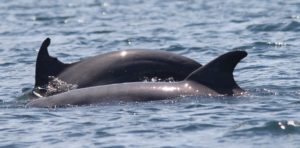 otoID data as humanly possible (by the end of this week), I will have to format the matrix and start using computer mathematical models to model the population over time (yay math!). I have started to familiarize myself with some models and SOCPROG, but I still need to learn how to use MARK because that program is made specifically for population modeling. Hopefully the models I create can be used as further evidence that these dolphins need protection.
otoID data as humanly possible (by the end of this week), I will have to format the matrix and start using computer mathematical models to model the population over time (yay math!). I have started to familiarize myself with some models and SOCPROG, but I still need to learn how to use MARK because that program is made specifically for population modeling. Hopefully the models I create can be used as further evidence that these dolphins need protection.
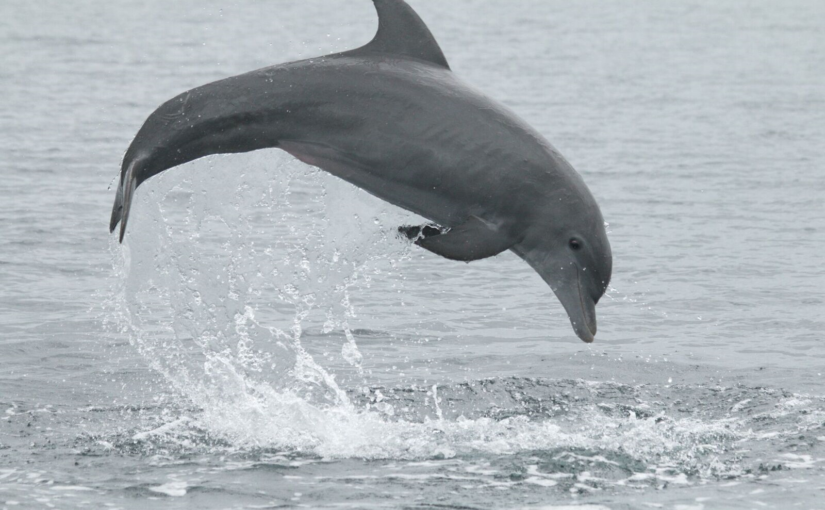


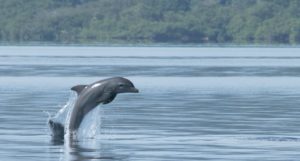
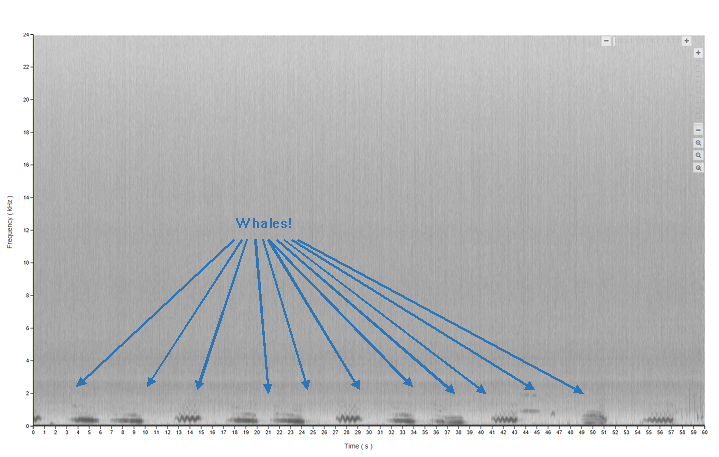
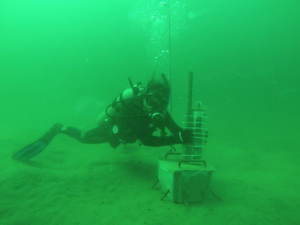 ater. We started off slowly but have finished our first site which was off the coast of Islas Secas! This site is unprotected but a lot of whales hang out there and we’ve seen songs in some of the recordings. This site has one month of data and we took one minute samples every five minutes for the duration of the monitoring. This was pretty time consuming as it took about an hour to sample each day. Now we have moved onto Coiba National Park. For this site we have about six months of data but in terms of processing we only have to trim the sound files. This means each day only takes about ten minutes so we can move through them much more quickly. Once we finish this site we will start on data from Islas Perlas. This data is a little more complicated to process because we have to stitch together short pieces of recordings into one minute samples.
ater. We started off slowly but have finished our first site which was off the coast of Islas Secas! This site is unprotected but a lot of whales hang out there and we’ve seen songs in some of the recordings. This site has one month of data and we took one minute samples every five minutes for the duration of the monitoring. This was pretty time consuming as it took about an hour to sample each day. Now we have moved onto Coiba National Park. For this site we have about six months of data but in terms of processing we only have to trim the sound files. This means each day only takes about ten minutes so we can move through them much more quickly. Once we finish this site we will start on data from Islas Perlas. This data is a little more complicated to process because we have to stitch together short pieces of recordings into one minute samples. 


